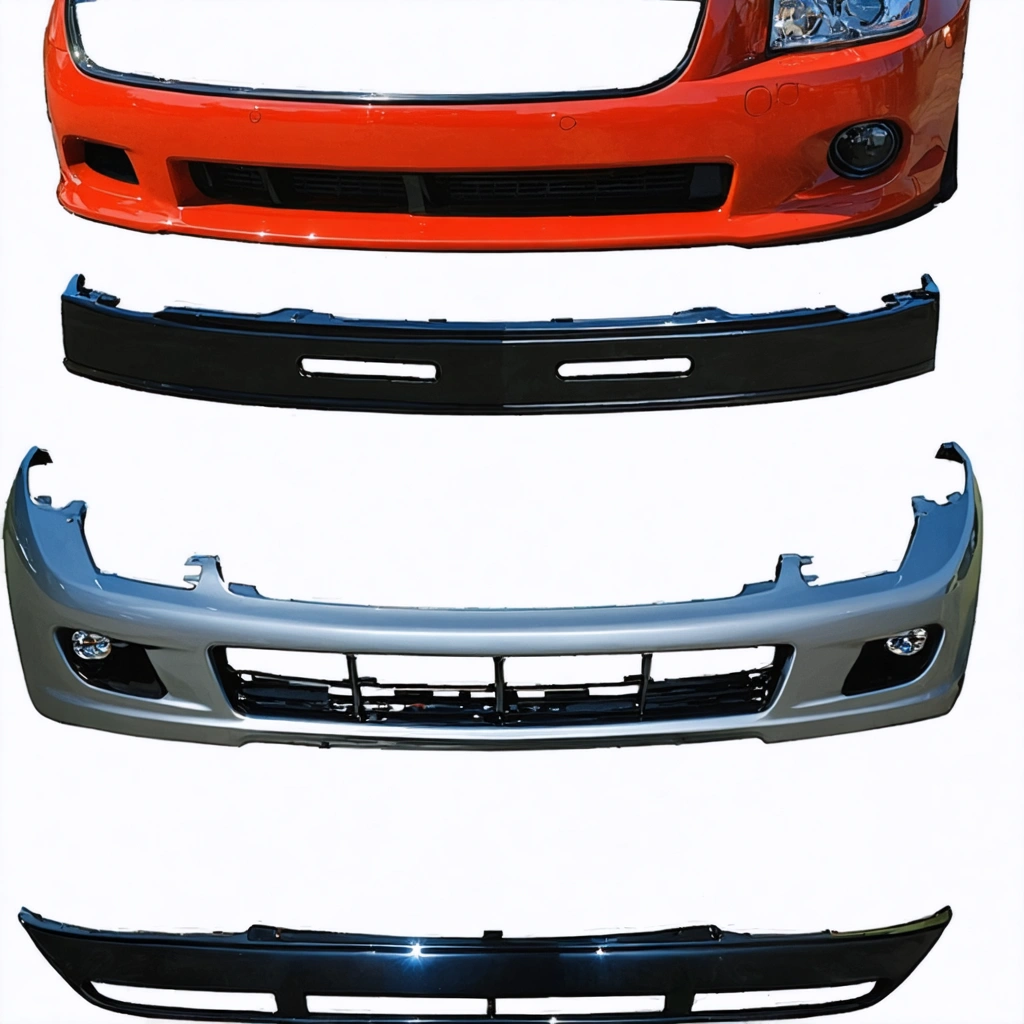
The Journey of Bumpers: From Function to Form
The bumper, a seemingly simple component, has evolved significantly over the past decades. From its initial role as a protective barrier, the bumper has transformed into an integral part of the vehicle’s aesthetic appeal.
The Regulatory Shift and Its Impact
In 1973, the National Highway Traffic Safety Administration’s Federal Motor Vehicle Safety Standard, known as “Standard No. 215” came into effect. The regulation necessitated that vehicles could withstand a 5-mph front collision without significant damage. This requirement led to a design scramble, as automakers sought to comply with the regulation. Even the Lamborghini Countach sported a nose job to meet the regulations, a move that was considered blasphemy toward the iconic supercar.
The Downside of Bumper Evolution: Weight Gain and Design Setbacks
Standard No. 215 led to two major consequences in automotive design. First, cars began to gain weight due to the addition of heavy bumpers. Second, the new regulations stymied the evolution of bumper design, setting it back by nearly two decades. However, it also led to the development of flexible materials, which brought bumper design to a new level.
The Bumper Today: A Balance of Aesthetics and Function
Despite the regulation changes, the bumper remains a standard feature in all vehicles. Today’s bumpers, concealed behind layers of fascia, offer improved aesthetics and aerodynamics. They also feature energy-absorbing foam and a metal bumper beam underneath for enhanced protection. Automakers continuously aim to balance safety, durability, and aesthetics in their designs.
The Underrated Importance of Bumpers
Despite their significant evolution, bumpers are often underrated and overlooked. They play a crucial role in protecting vehicles from damage and ensuring the safety of the occupants. Some argue that bumpers should be forgiving, capable of taking minor damage without showing noticeable harm. They should also be made of materials that can handle scuffs and scratches while protecting the vehicle’s bodywork. In conclusion, while bumpers may have shed their bulky appearance, their protective functionality remains. They have evolved to balance form and function, offering both safety and aesthetics. Today’s bumpers may be less conspicuous, but they’re still doing their job, just in a more advanced and stylish way.







